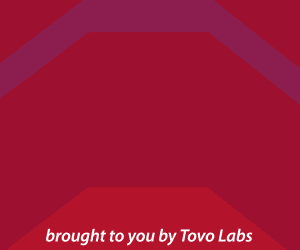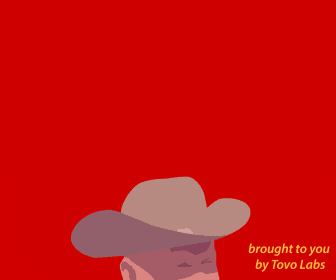 Planet Money had a recent episode on a team that tried to help the Democratic candidate Doug Jones score his unlikely win in the 2017 Alabama senate special election.
Planet Money had a recent episode on a team that tried to help the Democratic candidate Doug Jones score his unlikely win in the 2017 Alabama senate special election.
I had a bunch of unanswered questions from the podcast episode, so when I was poking around for this post I found a longer writeup by Tovo Labs (the group behind the campaign). Here are my notes, and unanswered questions at this point:
The Campaign
They used targeted ads to get various segments of the electorate to take a logical set of actions:
- Unregistered, but likely D ==> register to vote online
- Registered D ==> commit to voting via mood-boosting messaging, eg “everything depends on you”
- Moderate Rs ==> vote for a write-in candidate (showed articles from other conservatives who were voting for write-in candidates)
- Conservative Rs ==> stay home on election day (showed articles by conservative voices writing against the Republican)
Ad Samples
These are great. Planet Money weren’t kidding when they said the ad creative looked like it was done in MS Paint. Here are few ad examples they provided:



Technology & Results
Here is where things get interesting. The piece describes how they were able to target their ads at a level of granularity that I didn’t think was possible. In particular, they were able to:
- Use negative targeting to isolate populations in six of Alabama’s 35 state senate districts to show their ads; three got the ads, and three didn’t as a control group. These districts were selected because they have similar voting histories and demographics.
- Target the four political ads in those districts to people with those specific political ideologies
The article says they used an (unnamed) demand side platform to spray these ads across content sites and social media. Major DSPs operating now include The Trade Desk, Adobe, Criteo, and Centro.
The ads received a CTR (click-through-rate) of .25%, meaning a quarter of a percent of people who viewed the ads clicked. Based on some websites I own that run Google’s Adsense program, this seems low, although I am not comparing apples-to-apples. I bet I could get higher CTRs by tinkering with the ads.
In the end they saw the following results:
- 3.9% lift in Democratic turnout in the target districts vs control
- 2.5% drop in moderate GOP turnout vs control
- 4.4% drop in conservative GOP turnout vs control
In addition to the bigger voting effect, the staunch conservatives were said to have had a much higher level of engagement with the ads than the other groups. This jives with a lot of what I’ve hear anecdotally about conservative news outlets like Drudge and talk radio being wonderfuly effective places to advertise.
Thoughts & Lingering Questions
It’s unclear to me how they targeted people to such a granular level of geography and political ideology. I could see running ads in publications that they knew to cater to these groups (eg Breitbart, Daily Caller, etc) but I still don’t see how the DSPs have enough data to reliably say whether you’re, say, a moderate R vs a hardcore R. I know that you can also geotarget by city or town, so you could hit population centers in a given district, but I’m amazed that they are able to reliably hit everyone in a district (a 35th of the state of Alabama).
While platforms like Facebook and Google do not let you target down to the individual person, it is trivial to do this because people’s browsing activity and devices have many unique signatures. How long before advertisers can target ads to an individual person’s psychographic profile that is matched against the voter roll record?
What demand side platform was used? Does it offer this to other customers? Is this a built-in feature? Or something cooked up for this particular project? The articles does mention that the DSP they used had not done political ad targeting before. Is it in the business now?
It is significant that Tovo Labs, a small company, was not able to do this with the off-the-shelf ad targeting available to civilians like me who work in the Facebook ads interface or Google ad buying interface. Although it did make me sign up for some accounts with these platforms to get more information about how they work.
There is still a ton of debate as to whether digital ads — whether done by foreign powers or local grassroots are a good thing or bad. I think that’s largely irrelevant at this point and it’s more of an arms race dynamic.
And this stuff is cheap. The project’s budget was ~$100k.
